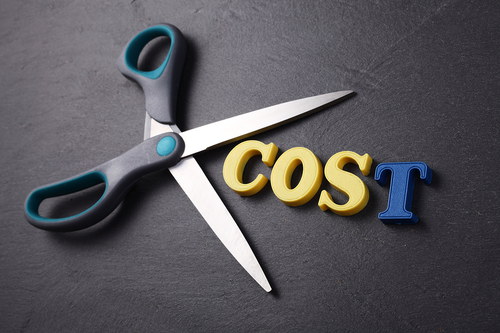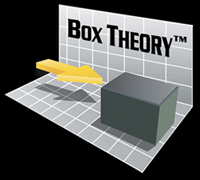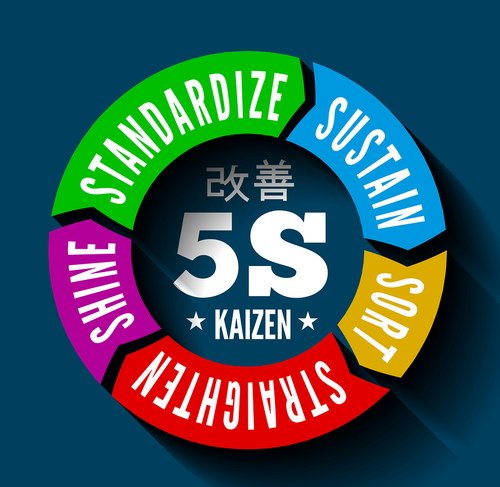Ole and Sven went fishing one summer and decided to rent a boat from the resort instead of fishing from the shore. They rowed out a ways and started to fish. The two brothers caught one fish after the other.
Ole says to Sven, “I wish we could mark this spot. It’s the best fishing I’ve seen since I was a boy.”
Sven replied, “I got some chalk in my tackle box, so why don’t I put an X right here on the bottom of the boat?”
Ole laughed, “You goofy brother of mine…What if we don’t rent the same boat next time.”

Ole and Sven deserve credit for coming up with a “system” to remember their fishing spot, but I think you would agree, their System Thinking is a little off.
How to Create Effective Business Systems
We don’t always instinctively know how to create the best business systems or processes. There is a lot we can learn from the experts, however, the most powerful learning—the learning that will make the biggest difference to you and your organization—comes in another way.
I could read a paperback about fishing and learn what it takes to be a successful angler. However, when I go to a fishing hole, I need to know quickly how to catch fish in that unique location, on that unique day. I try worms—no nibbles. I try cheese—no nibbles. I try a lure and get one bite. I try a different lure and catch a fish. I try a similar lure but a brighter color; I catch fish all day. That’s the kind of learning that gets results!
I learn to catch the fish from observation, from experimentation, and by applying feedback from my customer—the fish. Who better to tell me what works best! The steady feedback helps me to improve my system until I find the most successful way to catch fish in that hole and on that particular day.
The Japanese use a term, “genchi genbutsu,” which means to go see for yourself in order to thoroughly understand the situation. Toyota builds cars around this method of learning. Managers are frequently out on the floor, hands-on, dealing with real conditions. You learn from doing, measuring, and improving. Then you do it all again until you have a remarkable business system that gives customers what they want every time.
Immerse yourself. Swim in the pond to see the world from the fish’s point of view. Tweak your business systems and processes until you can catch your limit every day—until you get desired results.
Remember: the best learning comes from doing!


















